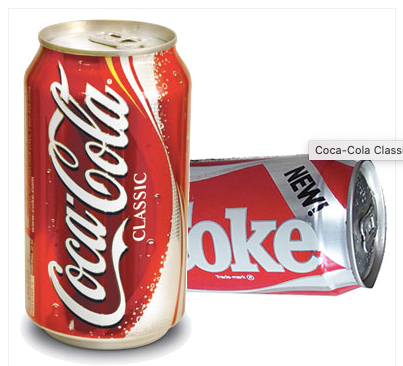In the rhythmic wisdom of Kenny Rogers’ classic, “The Gambler,” lies a profound truth often overlooked in the relentless pursuit of progress: “You’ve got to know when to hold ’em, know when to fold ’em.” This lyrical gem serves as a poignant prelude to our discourse on the delicate balance between innovation and the sanctity of what already works well.
Not so long ago, an update notification popped up on my screen, promising a sleeker and more efficient experience with a software tool I use daily. Eager for improvement, I clicked ‘update,’ only to find myself navigating a labyrinth of new ‘features’ that turned my streamlined workflow into a convoluted mess. This digital debacle was a stark reminder that sometimes, in our quest for the new and the better, we gamble away the efficiency we’ve already mastered.
Let us delve into the stories of brands that, in the name of innovation, ventured too far from their north star, and explore how to recognize when the status quo isn’t just good enough—it’s just right.

Change, as the adage goes, is the only constant. But in a world that idolizes innovation and the ‘next big thing,’ it’s worth asking: can change also be a misstep? Sometimes, in our eagerness to innovate, we may indeed tamper with a winning formula, leading to less-than-stellar results.
Consider the classic case of New Coke. In 1985, Coca-Cola, in an attempt to stay ahead in the cola wars, altered their century-old secret formula to create a sweeter taste. The result? A public uproar. The new product was shelved within months, a clear signal that some recipes are better left untouched.
This scenario isn’t unique to the beverage industry. From technology firms that release software updates which complicate rather than simplify, to fashion brands that stray too far from their signature style, the market is strewn with examples where ‘new’ didn’t equate to ‘improved’.

So, how does one navigate the razor’s edge between innovation and ineptitude? Here are a few considerations:
Understand Your Core: Know what makes your product or service special. If you’re known for a classic approach, a radical change may alienate your base. Consistency can sometimes be your most robust unique selling proposition.
Listen to Your Audience: Before you revamp your bestseller, gather feedback. Customers can provide insights on whether change is necessary. After all, they’re the reason you’re in business.
Test Extensively: If change is on the horizon, test it. Whether it’s a focus group or a soft launch, real-world feedback is invaluable. Minor tweaks can be optimized based on this feedback.
Innovate Around the Edges: Instead of overhauling your flagship product, consider expanding your portfolio. This way, you can cater to new trends without compromising on the integrity of your proven offerings.
Know the Market, But Trust Your Gut: Research is critical, but so is instinct. Sometimes, the data says one thing, but if your gut tells you otherwise, it’s okay to trust it – cautiously.
Let’s look at some cases where change didn’t pay off:
- Tech Troubles: Microsoft’s Clippy was intended to help users navigate new features. Instead, it became an annoying distraction, leading to its removal.
- Fashion Faux Pas: Gap’s logo change in 2010 lasted all of one week before public outcry brought back the original design.
- Automotive Overhauls: The 2014 redesign of the Ford Mustang added modern curves to the classic design, but purists preferred the old-school muscle car’s angular look.
In these examples, the pursuit of innovation led to a disconnect between the brand and its audience. It’s a valuable lesson in understanding that sometimes, the best move is to stand firm.

But when do you hold, and when do you fold? The key lies in balance. Change should be a catalyst for growth, not a knee-jerk reaction to market pressure. It should be deliberate, measured, and, above all, aligned with your brand’s promise.
For those moments when you find yourself at this crossroads, seeking the wisdom to choose correctly, remember that guidance is at hand. Branding and marketing are not just about selling a product; they’re about telling a story that resonates. And who better to narrate this tale than those who understand the art of connection?
If you’re pondering whether to evolve or maintain the status quo, it might be time for a conversation. Reach out to us. Let’s discuss how to keep your brand’s essence alive while exploring new horizons. Sometimes, a fresh perspective is all you need to decide whether change is indeed necessary or if it’s best to let good enough be just that—good enough.
Remember that change for the sake of change is a gamble. Innovation should be a strategic ally, not a hasty adversary. If you’re ready to take the leap or need help deciding whether to jump at all, drop us a message. Let’s ensure that your next step, whether it’s a bold stride forward or a confident pause, is one that takes your brand to greater heights.
~Deevo, Chief Experience Officer

